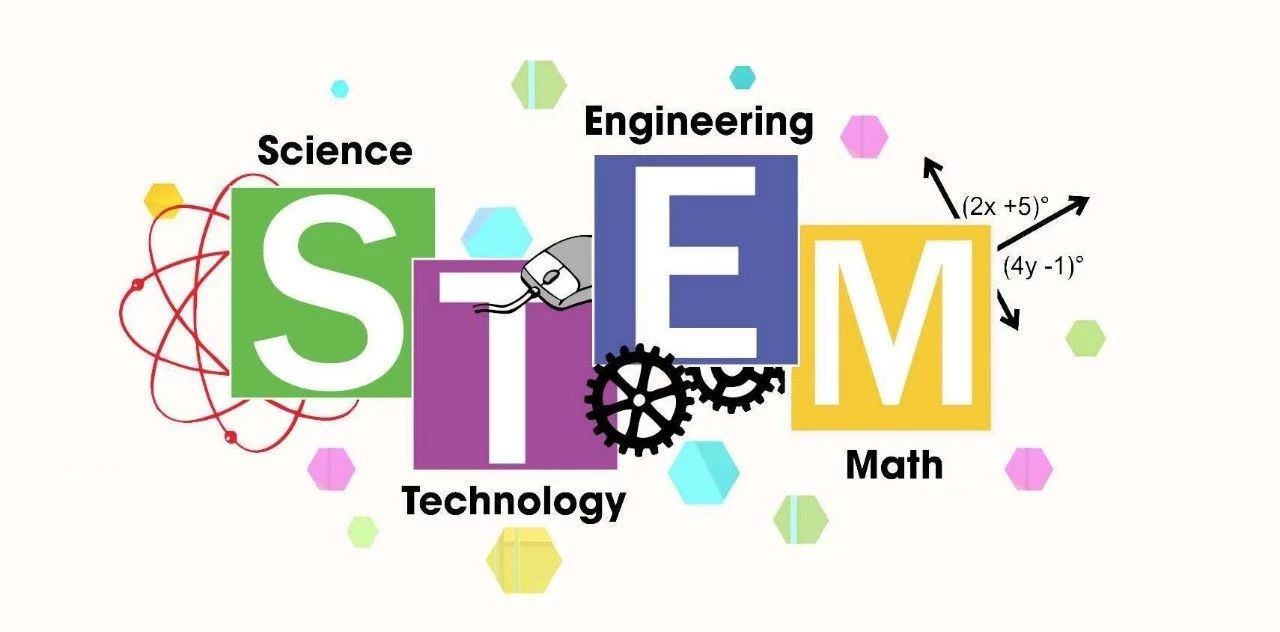STEM Education Across Different Age Groups

STEM education is suitable for people of all age groups. Here are some common age ranges and corresponding focuses of STEM education:
1. Early Childhood and Elementary School: At this stage, STEM education focuses on sparking students’ curiosity in science, technology, engineering, and mathematics through hands-on activities, exploration, and simple experiments.
2. Middle School: In middle school, STEM education aims to deepen students’ understanding of STEM concepts and their applications. It involves more complex experiments, problem-solving activities, and project-based learning to foster critical thinking and collaboration skills.
3. High School: STEM education in high school often includes more advanced topics and hands-on experiences. Students can explore specific STEM disciplines, such as physics, chemistry, biology, computer science, and engineering, through more in-depth projects and research.
4. College and University: At the tertiary level, STEM education becomes more specialized, with students pursuing degrees in specific STEM fields. They engage in advanced coursework, laboratory research, and practical applications of STEM knowledge in their chosen areas of study.
It’s important to note that while the focus and complexity of STEM education may vary across age groups, the fundamental principles of inquiry, problem-solving, and critical thinking are integral at every level. Additionally, STEM learning opportunities and programs are available for adults as well, allowing them to enhance their skills and knowledge in STEM-related areas throughout their lives.



